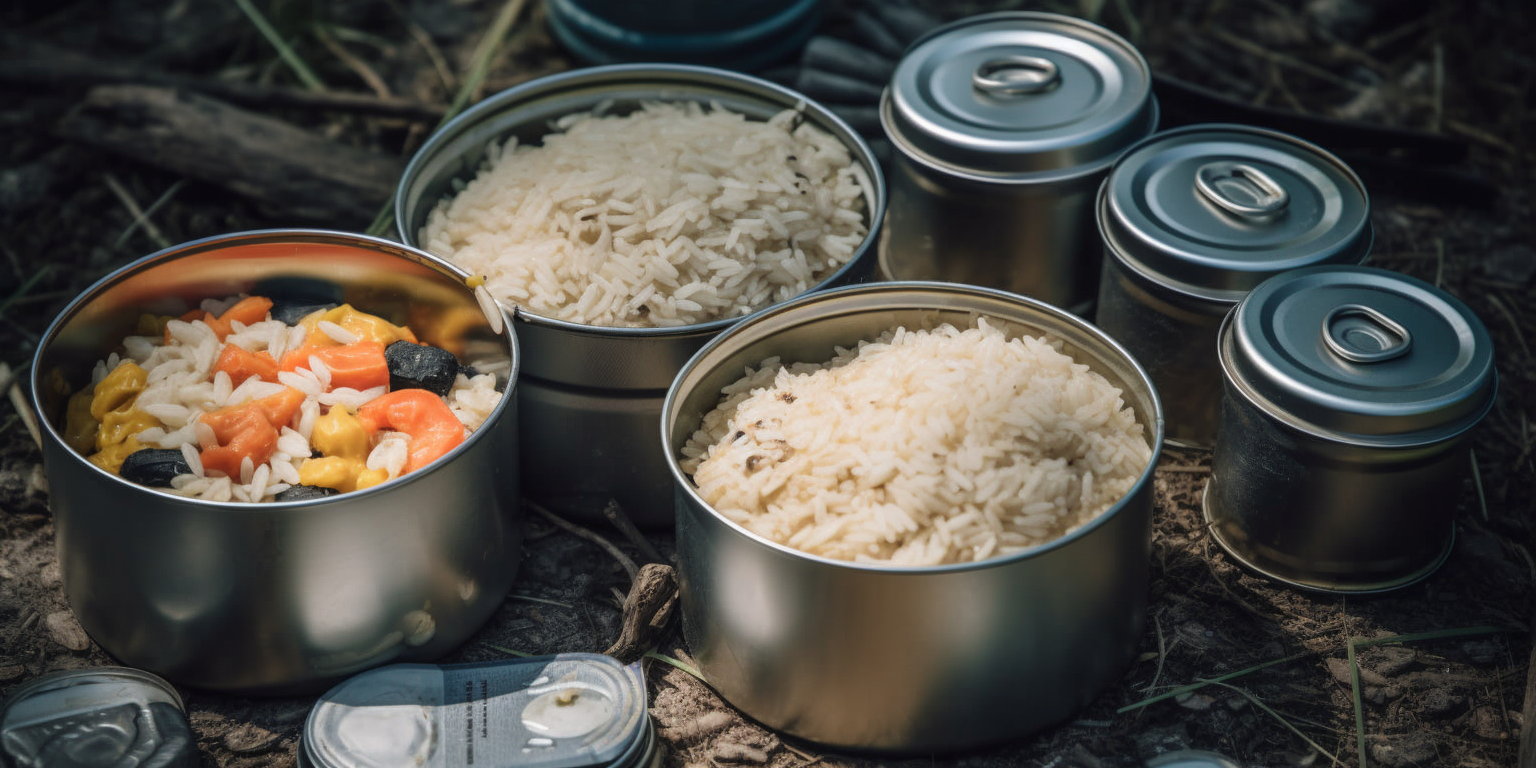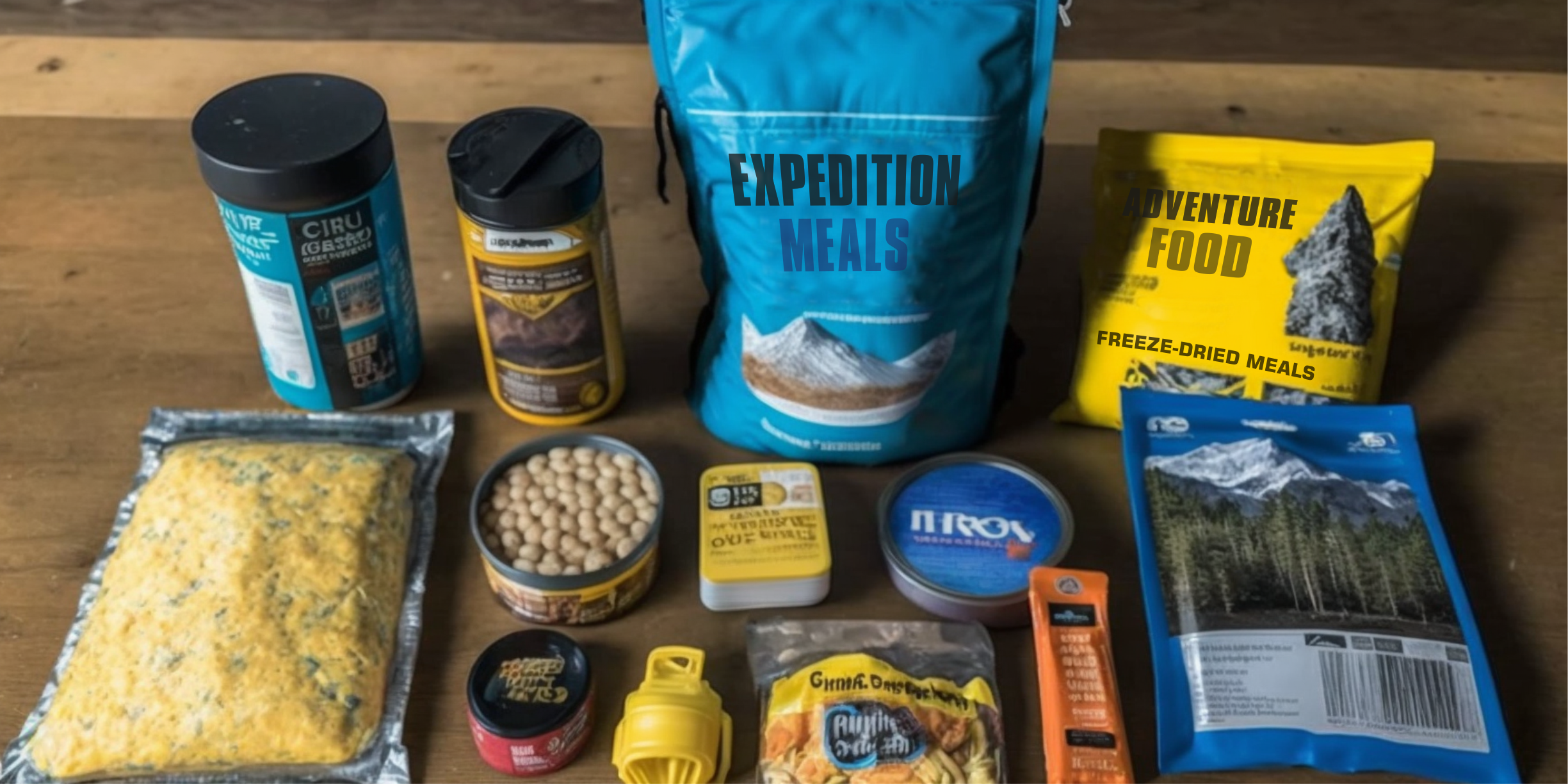
The Role of Carbohydrates and Fats in a Survival Diet
The Role of Carbohydrates and Fats in a Survival Diet
When it comes to surviving in challenging conditions, having a balanced and nutritious diet is essential. And one of the most important factors in a survival diet is the intake of macronutrients, including carbohydrates and fats. In this article, we'll explore the role of carbohydrates and fats in a survival diet and how to balance intake to ensure optimal energy and nutrient intake.
Carbohydrates in a Survival Diet
Carbohydrates are one of the primary sources of energy for the body, and they play a critical role in a survival diet. There are two types of carbohydrates: simple and complex. Simple carbohydrates are made up of one or two sugar molecules and are broken down quickly in the body, providing a quick source of energy. Complex carbohydrates, on the other hand, are made up of many sugar molecules and take longer to break down, providing a sustained source of energy.
In a survival situation, it's important to consume carbohydrates that are easily accessible and provide quick energy. Good sources of carbohydrates include fruits, vegetables, and whole grains. These foods are also rich in vitamins, minerals, and fibre, which are essential for maintaining a healthy immune system and preventing disease.
According to the Harvard School of Public Health the recommended daily intake of carbohydrates for adults is around 130g per day, but during times of extreme physical activity or stress, the body's demand can increase to 500g per day or more.
Fats in a Survival Diet
There are three types of fats: saturated, unsaturated, and trans fats. Saturated fats are found in animal products, such as meat and dairy, and are solid at room temperature. Unsaturated fats are found in plant-based foods, such as nuts, seeds, and avocados, and are liquid at room temperature. Trans fats are a type of unsaturated fat that are often found in processed foods and should be avoided.
Fats provide more than twice as much energy per gram as carbohydrates ¹ and can help maintain body weight and energy levels during prolonged periods of food scarcity.
In a survival situation, it's important to consume fats that provide long-lasting energy and insulation in cold weather. Good sources of fats include nuts, seeds, avocados, and fatty fish. These foods are also rich in essential fatty acids, which are important for maintaining healthy skin and brain function.
Balancing Carbohydrates and Fats in a Survival Diet
It's essential to balance carbohydrate and fat intake in a survival diet to ensure optimal energy and nutrient intake. The body needs a mix of carbohydrates and fats to function properly, and consuming too much of one nutrient can lead to deficiencies in others.
To balance carbohydrate and fat intake, it's essential to eat a variety of nutrient-dense foods. This includes fruits, vegetables, whole grains, nuts, seeds, and fatty fish. It's also important to adjust intake based on activity level. For example, if you are more active, you may need to consume more carbohydrates to provide the energy needed for physical activity.
It is also useful to note that in a study ² of 1,200 hikers, those who consumed a diet high in fats and protein had better cognitive function and less fatigue than those who consumed a diet high in carbohydrates. This would suggest that if you are expecting more gruelling or energy intensive activities it might be wise to ensure that you are consuming a higher proportion of fats and proteins.
Conclusion
In conclusion, carbohydrates and fats are both essential for a balanced and nutritious survival diet. Carbohydrates provide quick energy, while fats provide long-lasting energy and insulation in cold weather. To ensure optimal energy and nutrient intake, it's important to consume a variety of nutrient-dense foods and adjust intake based on activity level. With a balanced diet that includes both carbohydrates and fats, you'll have the energy and nutrients needed to survive in challenging conditions.
Sources:
¹ U.S. National Library of Medicine
² Wilderness and Environmental Medicine Journal
Suggested Articles
Understanding Food Allergies and Dietary Restrictions in Emergency Situations
According to Allergy UK, around 2 million people in the UK have a diagnosed food allergy, and up to 20 million people...
Cooking with Freeze-Dried Foods: Creative Recipes for Camping and Emergency Situations
Freeze-dried foods have revolutionized the way we approach cooking in outdoor and emergency scenarios. These lightwei...
How to Plan Nutritious and Delicious Meals for Multi-Day Expeditions
Embarking on a multi-day expedition requires a lot of physical effort, and proper nutrition is key to ensure that you...




